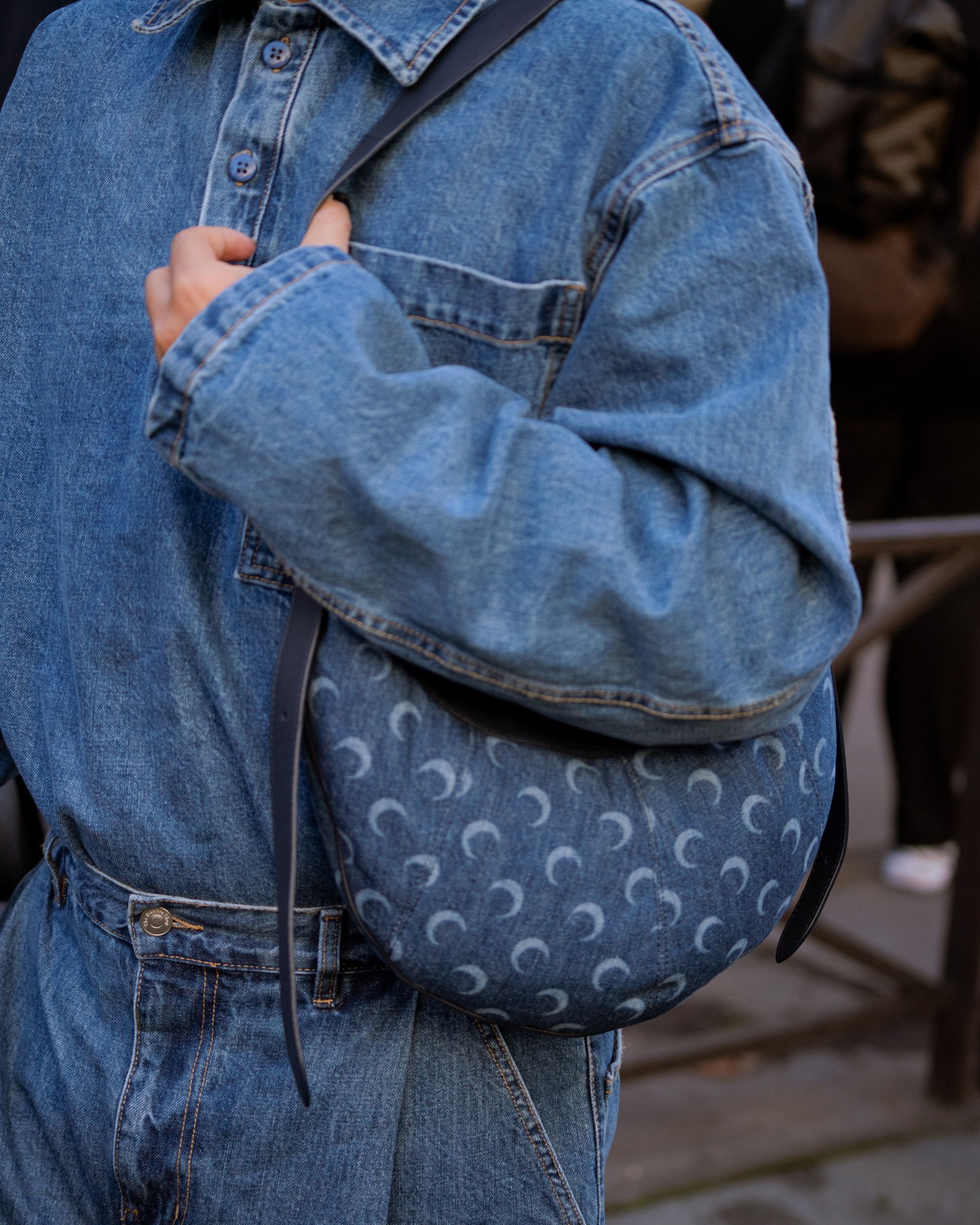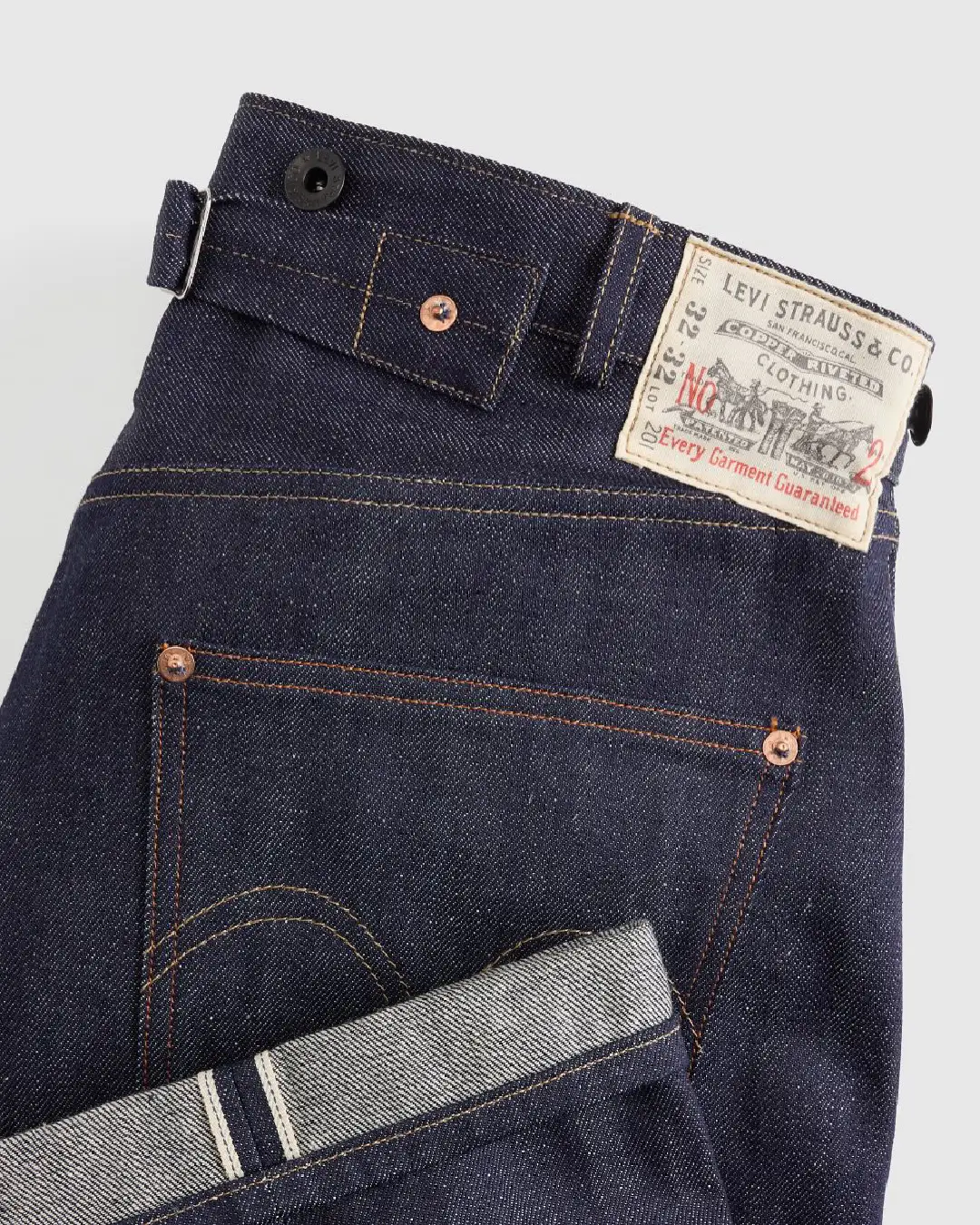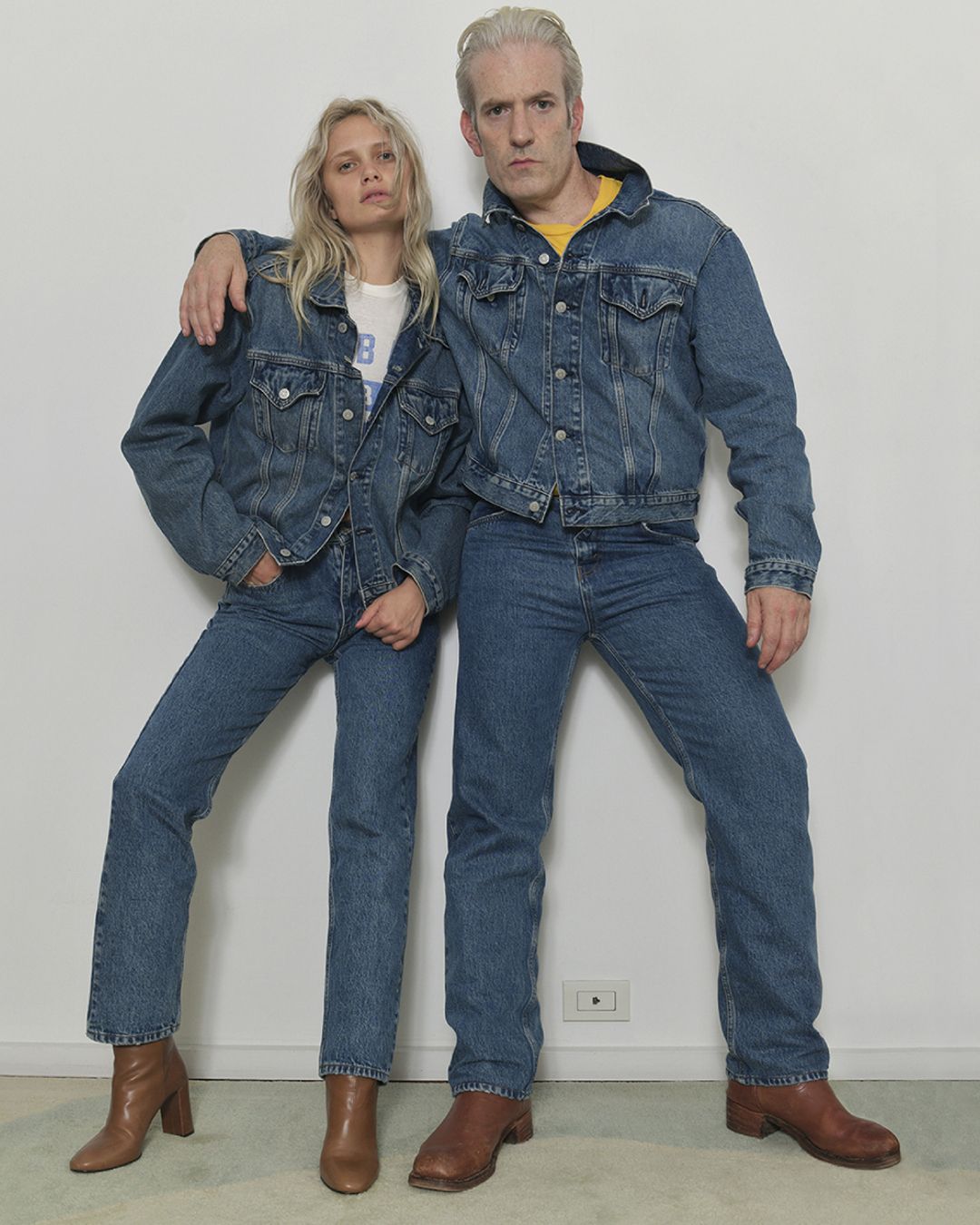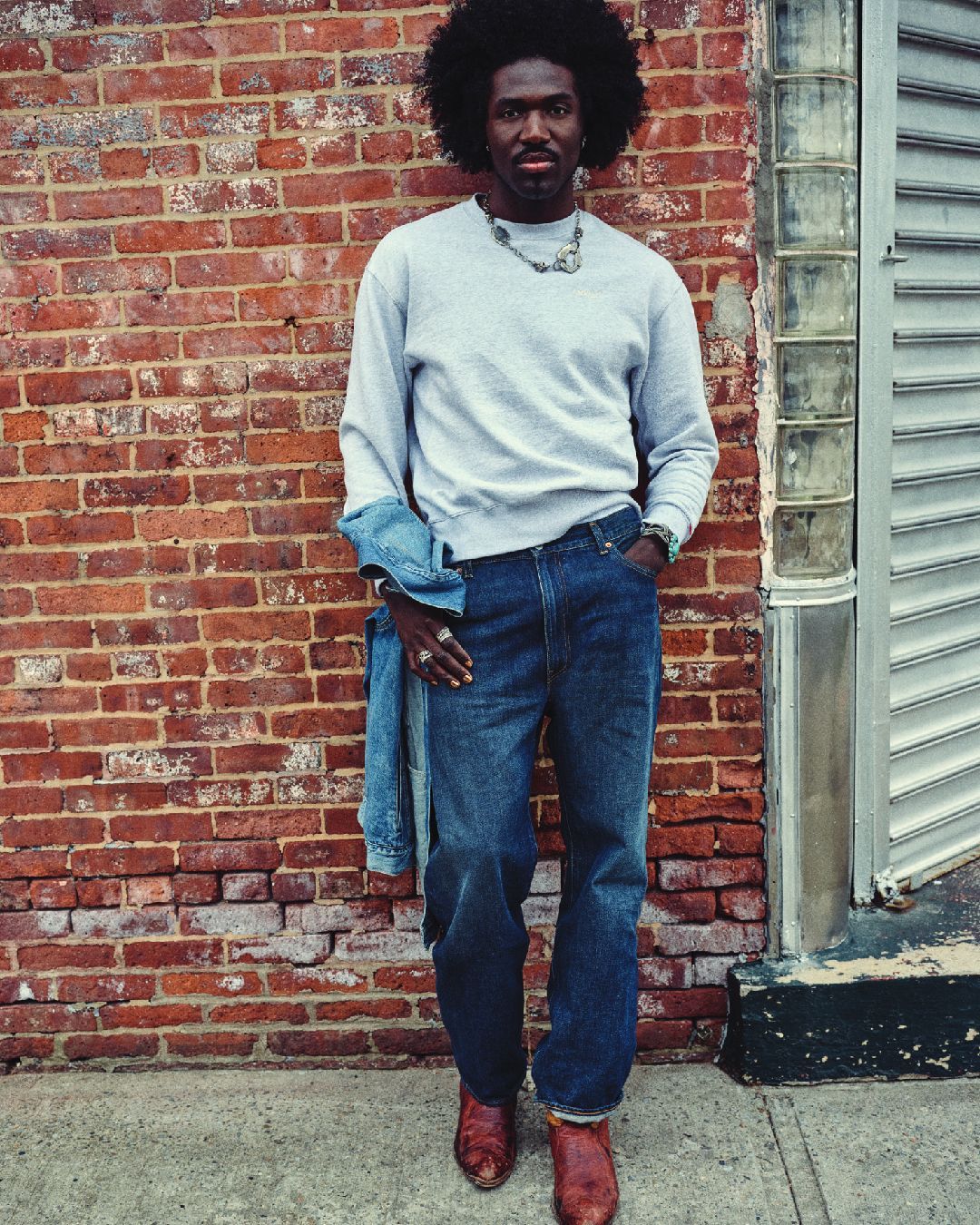
What is Selvedge Denim? And why you should prefer it to others
Anyone who owns or has seen jeans, that is, anyone on the planet, will know how some models possess, in the inner leg seam, a white edge, often accompanied by a red thread, that becomes visible when the hems are turned up. That edge is called a "selvedge", a textile term that generally refers to the uncut edge of a piece of fabric when it comes off the loom deriving from "self-finished hedge," and indicates how that edge of fabric that serves to keep the fabric itself from fraying makes hemstitching unnecessary. The greatest recurrence of the term is when it comes to jeans: enthusiasts and collectors will tell you how selvedge denim is always preferable to regular denim. But why? It's all in the fabric and the loom with which it is produced: selvedge is in fact only present when using traditional shuttle looms when, on the side edges of a certain warp, the shuttle passes from one side to the other after inserting the weft thread into the gap between the threads known as the "step". Because the weft is continuously passed back and forth, the edges of the fabric are self-finished and can be included in the final garment without doing any other work. Shuttle looms are less than a yard wide and therefore produce tighter and stronger fabric and warps, leading to the production of a heavier denim fabric.
@needforbreed What’s your go-to pair of selvedge jeans? #fashion #tiktokfashion #designer #denim #selvedgedenim Coffee Music - Cafe Music BGM channel
Now, the fact that the shuttle loom works four times slower than an industrial bullet loom and produces smaller pieces of fabric with ten times less production capacity makes it essentially unsuitable for large commercial distribution, creating precisely the difference between selvedge denim and "normal" or industrial denim. Another factor that makes selvedge denim more expensive than the others, in addition to those already listed, is that shuttle looms are older and therefore require more maintenance-which is why they were abandoned by the industry in the mid-1970s. It was precisely this shift from the shuttle loom to the bullet loom that was what led, today, to the appreciation toward selvedge denim. Until about the 1950s, in fact, denim produced in the United States on shuttle looms was in the form of rolls of fabric about eighty inches wide. The spread of denim that followed World War II imposed higher production targets on companies-which was why large American manufacturers abandoned shuttle looms in favor of bullet looms. In America, for example, perhaps the last American selvedge factory was Cone Mills in White Oaks, Greensboro, which used legendary Draper X3 frames from the 1940s, and which was closed and dismantled in 2018. Just in 2018, by the way, Rick Owens produced a very limited (and therefore very rare today) denim capsule in Los Angeles using a custom fabric from Cone Mills that came from White Oaks itself.
LIMITED RUN DENIM CAPSULE COLLECTION, MADE IN L.A. WITH CUSTOM 14.75OZ BLACK SELVEDGE ID CONE MILLS WHITE OAK DENIM - AVAILABLE ON THE OFFICIAL ONLINE STORE #RICKOWENS #RICKOWENSONLINE pic.twitter.com/J6qTDSGWl9
— RICK OWENS (@RICKOWENSONLINE) October 25, 2018
Cone denim remains to this day the most beloved and prized denim fabric next to Japanese denim. It was precisely the industrialization of denim in America that led to the relative disappearance of selvedge until in Japan a company named Maruo Clothing, later known as Big John, received fifty rolls of selvedge denim produced in the historic factories in Canton, Georgia, producing in Kojima in October 1965 the first pair of Made in Japan jeans under the Canton name. Two years later, in 1967, using the very denim from the Cone Mills factory, the company signed the first prototype Big John jeans that were marketed the following year in three variants: the M1002 First Model, M2002 Boot Cut model and the M3002 Slim Model. In '69, on the other hand, the "Road Runner" series introduced not only the first color denim fabric in Japan, but also the new M4002 model. Instead, the first production of denim fabric carried out entirely in Japan, in the legendary Kurabo factories, dates back to 1972, whose fabric was named KD-8, because the fabric had been successfully produced only on the eighth attempt. As early as the following year, Big John was producing the "M" series, which represents the birth act of Japanese denim as we know it today, since it was also around those years that denim culture began to spread, leading Japanese companies to buy the old American shuttle looms or use those produced in the country by Toyota, which went down in history as the Model G.
From there on, the story of selvedge denim and its thousand brands scattered across several continents would be too complex to cover in a simple article. Suffice it to say that the world of selvedge denim has expanded enormously, so much so that even Uniqlo offers selvedge jeans today, and that therefore that traditional world of shuttle looms and 100 percent cotton (so-called denim heads regard the idea of elastane with horror while it constitutes a sin but not a crime to use elastodiene composed of natural rubber fibers) is not going to disappear anytime soon. Last funny note: the fashion for turn-ups on pants began precisely with salvedge denim, since during the hipster era the hems of jeans were turned up to show others that they were selvaged and that therefore the wearer was a connoisseur. Then it got out of hand, as we know - but fortunately, selvedge denim did not fall into the hands of mainstream culture and still the brands that produce it remain a small, defiled elite compared to the big names in fashion. Now, however, if you see it, you will also know how to recognize it.















































